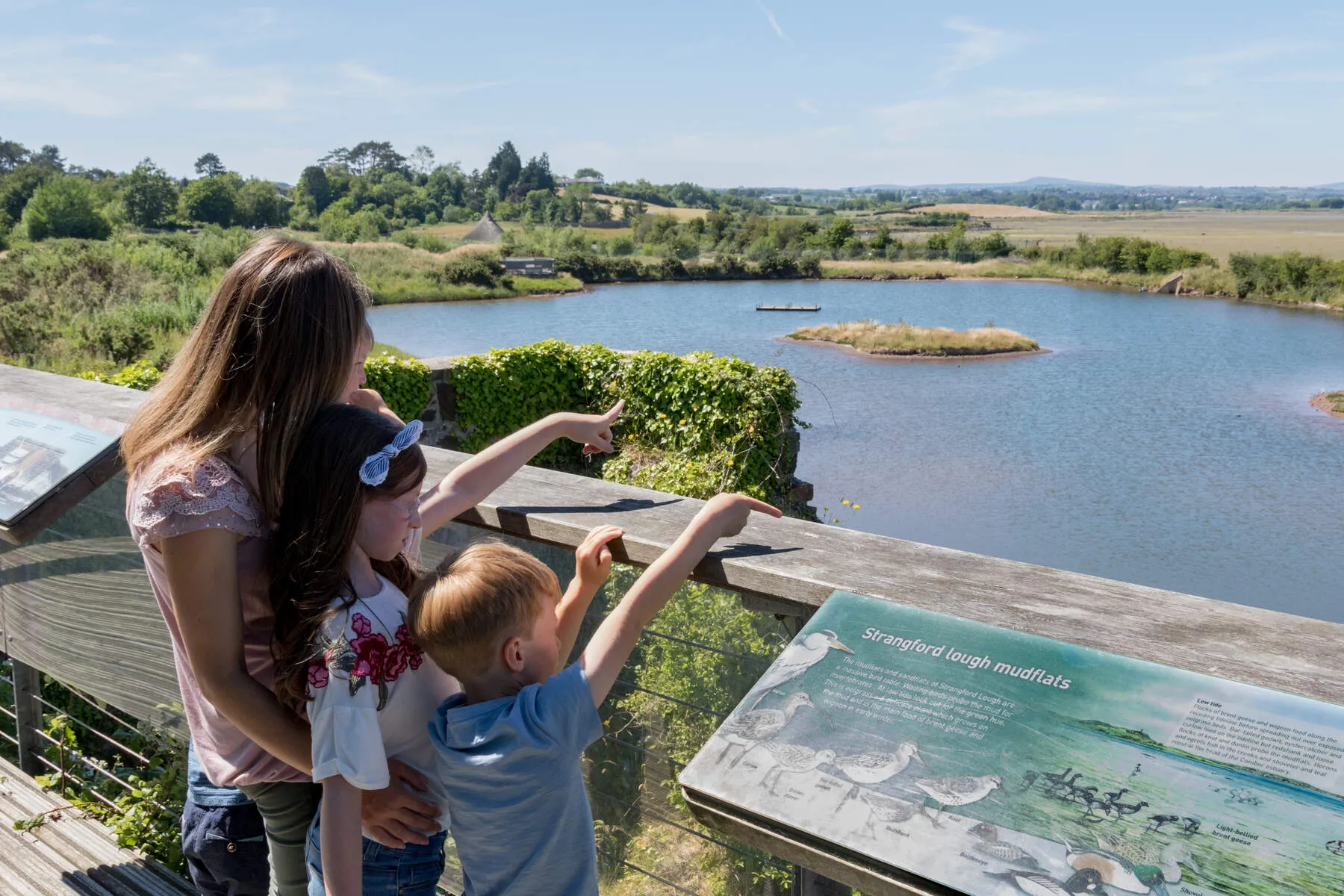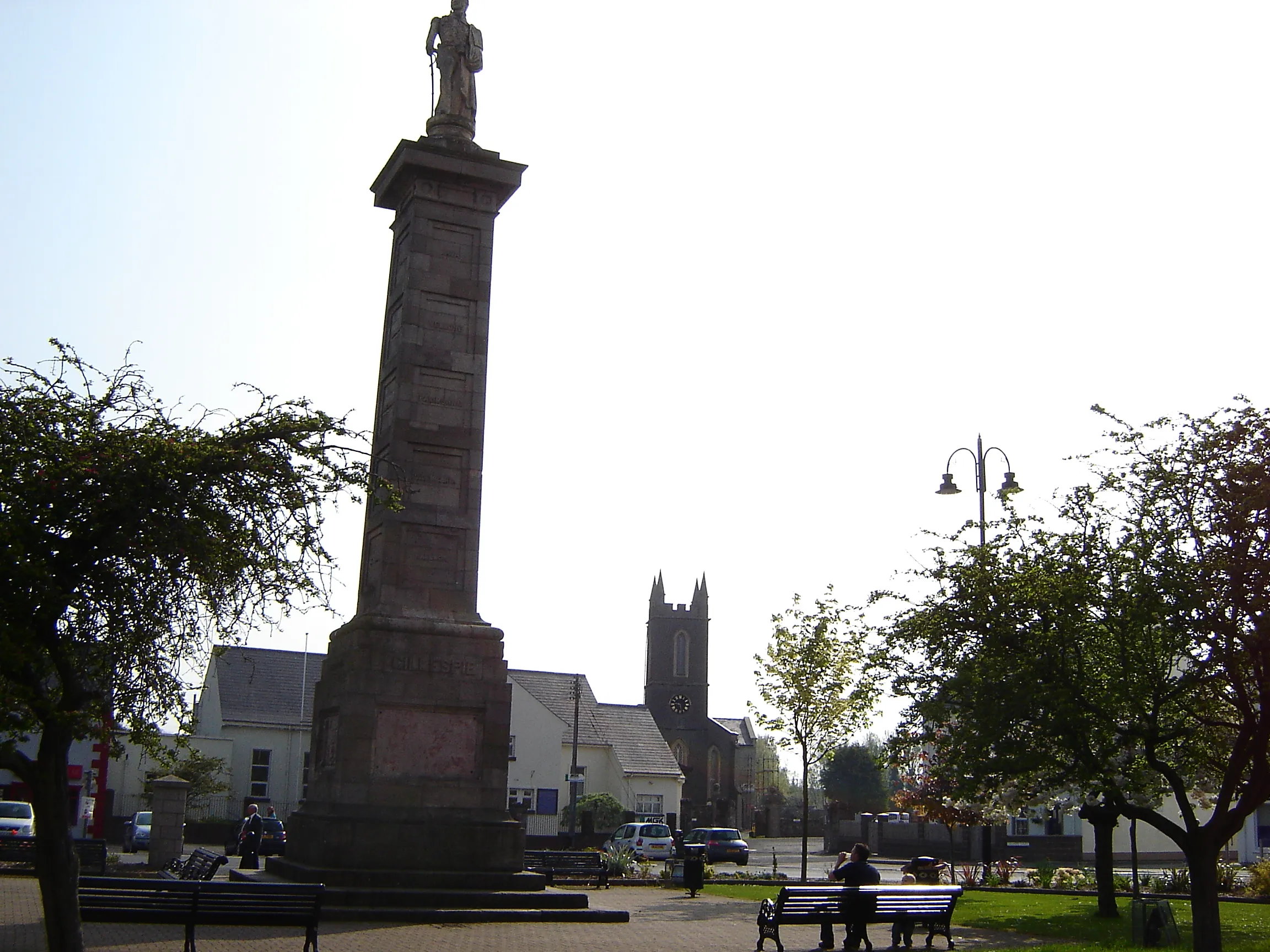Step onto the quiet streets of Comber in County Down, Northern Ireland, and you'll find a town where history grows as readily as its famed Comber Earlies potatoes - Protected Geographical Indication spuds whose earthy aroma lingers at local markets. Nestled between the rolling Strangford Lough shores and Belfast's outskirts, this unassuming village pulses with unexpected stories. It's here that Thomas Andrews, designer of the RMS Titanic, was born, his legacy immortalized in monuments like the Non-Subscribing Presbyterian Church and the Titanic Audio Trail that guides visitors through his hometown ties. Wander past St Mary's Parish Church, where 17th-century stones carved by rivals Hamilton and Montgomery now stand as symbols of shared heritage, or pause at The Square's towering memorials honoring Ulster-Scots hero Robert Rollo Gillespie and those lost to the Titanic.
For those seeking adventure beyond history, Comber's landscapes offer equal charm. Pedal along the 7-mile Comber Greenway, a peaceful rail trail skirting Strangford Lough with views of Scrabo Tower's conical spire, or explore Castle Espie Wetland Centre where migratory geese glide over reed beds. In June, join locals at the Earlies Food Festival to taste potato varieties as old as the town itself, all while the Georgian House and flax mills whisper tales of bygone industries. Whether tracing Thomas Andrews' footsteps or simply breathing in the sea-kissed air, Comber reveals a Northern Ireland where past and present meet with quiet grace.
Jump to section:
Things to See and Do
St Mary's Parish Church
Historic church standing on the site of an ancient abbey. Houses original carved stones from its 17th-century restoration funded by Hamilton and Montgomery.

Castle Espie Wetland Centre
Wildlife reserve managed by WWT, home to migratory Brent geese and native waterbirds. Offers visitor observatories and trails.
Comber Town Trail
1.5-mile circular walking tour exploring key historical sites like St Mary's Church, Georgian House, and Andrews Mill (free, 1-hour duration).
John Andrews & Sons Flax Spinning Mill
Iconic 19th-century mill converted into apartments, reflecting Comber's industrial history and influence of the Andrews family.

The Square
Central town square featuring monuments to Major General Robert Rollo Gillespie and victims of the RMS Titanic. A hub for Ulster-Scots heritage.
Nendrum Monastery
Ancient monastic site dating to the early Christian period (5th–10th century), offering historical insight into Comber's past.
Mount Alexander House
Grand Georgian residence built for Sir James Montgomery's son, showcasing architectural heritage from the early 19th century.
Comber Greenway
7-mile traffic-free cycling route along the old Belfast-Comber railway line with scenic views of Strangford Lough and Scrabo Tower.
Scrabo Tower
Landmark tower visible from the Greenway, built in 1869 as a monument to Sir Robert Grosvenor. Offers panoramic views of Strangford Lough.
Comber Titanic Audio Trail
Self-guided audio tour linking local landmarks to the RMS Titanic story, highlighting Thomas Andrews' hometown ties.
Non-Subscribing Presbyterian Church
Historic church linked to Thomas Andrews' family, reflecting Ulster-Scots religious heritage and Titanic connections.
Georgian House
Well-preserved Georgian-era building on the Town Trail, exemplifying Comber's architectural history from the 18th century.
Comber Earlies Food Festival
Annual June festival celebrating Comber's PGI potatoes with food stalls, demonstrations, and local produce showcases.
Getting There
Air
The nearest airports to Comber are:
-
Newtownards Airport, UK (4.97 Km)
-
George Best Belfast City Airport, UK (12.10 Km)
Rail
Comber railway station is no longer in operation, having closed on 24 April 1950.
Bus
Buses travel to Belfast and Newtownards every day on a frequent basis. For further information, visit www.translink.co.uk or call Translink on 028 90 66 66 30.
Car
Comber is connected by the Comber bypass, which links up with the existing section via a roundabout on Killinchy street. Approximate distances from nearby locations:
-
Newtownards: 6.32 Km
-
Belfast: 13.88 Km
-
Bangor: 13.56 Km
Cycle
Comber is connected to Belfast by a direct cycle route, known as the Comber Greenway, which runs for 7 miles (11 km) along the old railway track bed.
Events & Festivals 2025
There are currently no events listed. If you would like to add an event, please contact us.
History
Comber's history dates back to the time of St Patrick, with a monastery founded on the site of the present Church of Ireland church. The town's name originates from the Irish word "comar," meaning meeting place of the waters, referring to the confluence of the Glen River and the Enler River. In 1199, a Cistercian Abbey was founded by the Whyte family, dedicated to the Virgin Mary, with monks coming from Wales.
The influx of Scots in the early 1600s led to the growth of a settlement, initially focused around the townland of Cattogs, which served as a port for traders and fishermen. By the 1700s, Comber had become an industrial centre, with several mills operating in the area. The Andrews family played a significant role in establishing Comber as a hub for linen production and grain processing by the second half of the 1700s.
Whiskey distilling emerged as a prominent industry in the mid-1800s, with notable distillers like John Miller. One member of the Andrews family, Thomas Andrews, gained fame as the designer of the ill-fated RMS Titanic, tragically losing his life when the ship sank in 1912. Comber's population grew, reaching 1,400 inhabitants by 1841.
The town is also home to a monument commemorating Major General Rollo Gillespie, a local war hero who fought against the French and was killed in Nepal in 1814. The column, unveiled in 1845, stands 55 feet high and was erected in the presence of 50 lodges of the Masonic Order.
Comber's industrial heritage is still evident today, although much of its industry declined in the 20th century. The town has since re-established itself as a commuter town for the Belfast urban area, with its population swelling from 4,000 in 1961 to 8,933 by 2001. Visitors can explore Comber's history through its Titanic Audio Trail, which guides them to special places of interest throughout the town related to the Titanic story.
The nearby Castle Espie, a wetland reserve managed by the Wildfowl and Wetlands Trust, provides an early wintering site for almost the entire Nearctic population of Pale-bellied Brent Geese. In 2007, the Heritage Lottery Fund awarded a grant of £2.96 million towards a major wetland restoration project at Castle Espie, marking the largest investment in biodiversity in Northern Ireland.
Comber's townlands have names derived from the Irish language, such as Ballyaltikilligan and Carnasure, reflecting the area's rich cultural heritage. The Comber Greenway, a 7-mile traffic-free section of the National Cycle Network, follows the old Belfast-Comber railway line and attracts many cyclists to the town, boosting the local economy.
